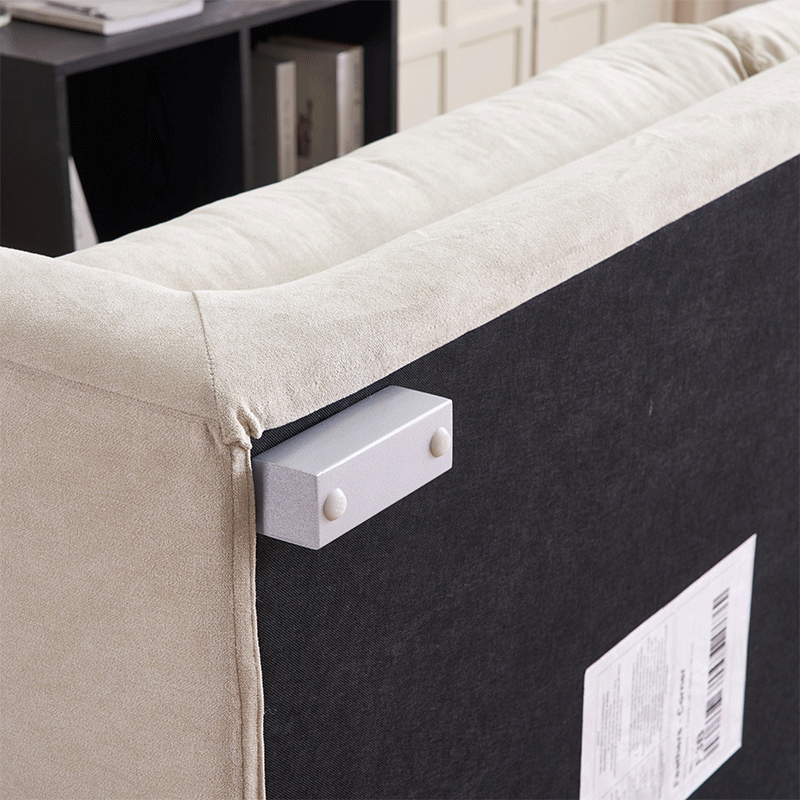Tips and Red Flags to Protect Yourself from Online Furniture Scams
As the online furniture market expands, the rise in scams targeting unsuspecting shoppers also grows. These scams are not always easy to spot; some are glaringly obvious, while others are hidden in the fine details. This guide aims to highlight common online furniture scams and provide red flags to help you identify and avoid them. With this knowledge, you'll be better equipped to differentiate between genuine deals and potential frauds, protecting your finances and peace of mind.What Are Online Furniture Scams?
Online furniture scams involve deceptive practices by individuals or entities aiming to defraud shoppers. These scams can target anyone, but they often prey on those looking for great deals on furniture online.Common Types of Online Furniture Scams
Fake Websites and Listings: Scammers create fraudulent websites or listings on reputable e-commerce platforms, offering high-quality furniture at low prices. Once payment is made, the furniture never arrives.Phishing Attempts: Scammers use emails or messages, pretending to offer exclusive deals or refunds, to trick you into giving away personal and financial information.
Counterfeit Products: Some scammers sell counterfeit or substandard furniture under the guise of branded or high-quality items.
Advance Payment Frauds: Scammers may ask for advance payments or deposits, promising delivery of furniture that never happens.
Red Flags to Watch Out For
1. Too-Good-To-Be-True Prices: Extremely low prices for high-quality furniture may indicate a scam.2. Poorly Crafted Websites or Listings: Look out for generic descriptions, poor grammar, and spelling mistakes.
3. Lack of Verifiable Contact Information: Genuine sellers provide clear, verifiable contact details.
4. Pressure to Make Quick Decisions: Scammers often create a sense of urgency to rush you into making payments.
5. Requests for Unusual Payment Methods: Be cautious if asked to pay via wire transfer, gift cards, or other untraceable methods.
6. Inconsistent or Missing Information: Mismatched photos, descriptions, and lack of detailed product information can be telltale signs.
7. No Clear Return or Warranty Policies: Legitimate sellers have clear policies for returns and warranties.
Steps to Ensure Legitimacy
1. Research the Seller: Look for reviews, ratings, and customer feedback on multiple platforms.2. Examine the Website: Check for secure connections (https), detailed contact information, and professional design.
3. Verify Product Details: Ensure descriptions, images, and prices are consistent and realistic.
4. Look for Secure Payment Options: Use payment methods that offer fraud protection.
5. Check for a Clear Returns Policy: Legitimate sellers provide transparent policies for returns and exchanges.
6. Contact the Seller Directly: Ask questions and gauge the responsiveness and professionalism of the seller.
Staying vigilant and informed is key to avoiding online furniture scams. By following these guidelines and trusting your instincts, you can navigate the online furniture market safely and confidently.




Leave a comment
All comments are moderated before being published.
This site is protected by reCAPTCHA and the Google Privacy Policy and Terms of Service apply.